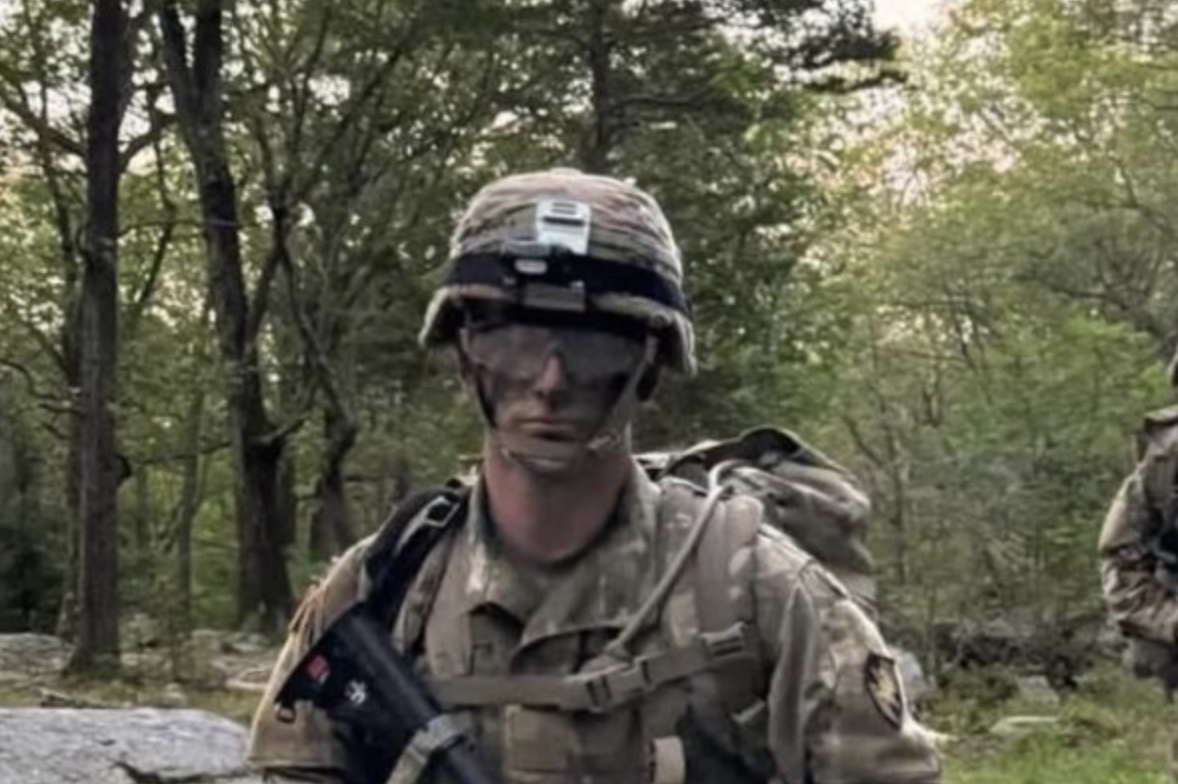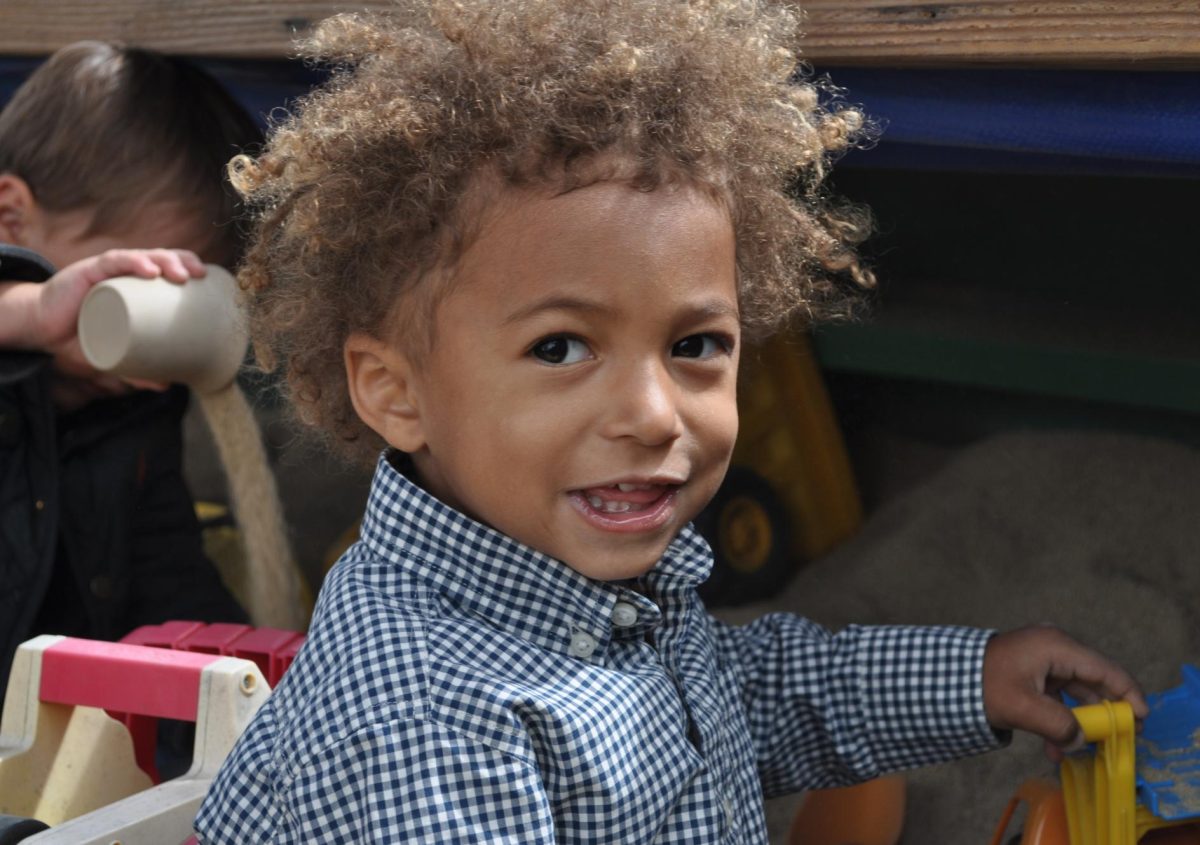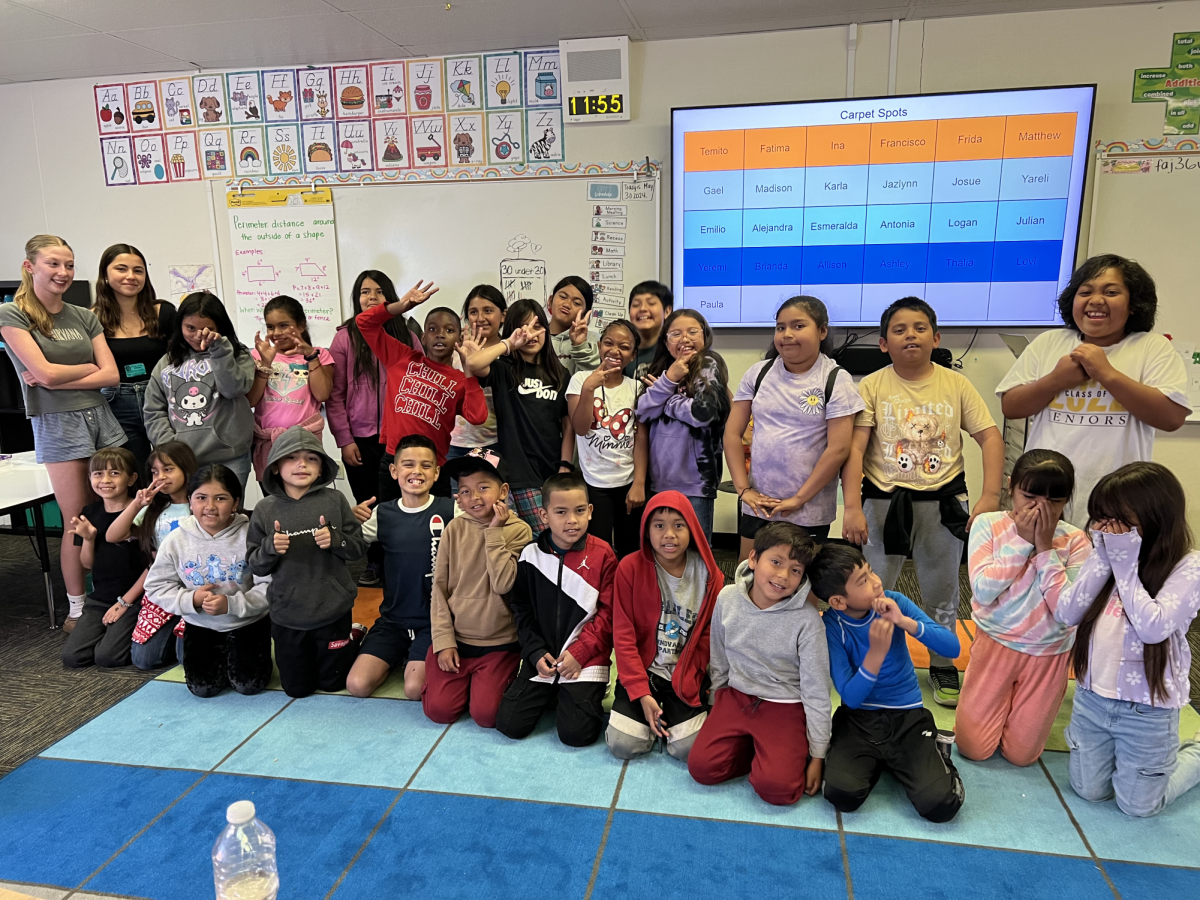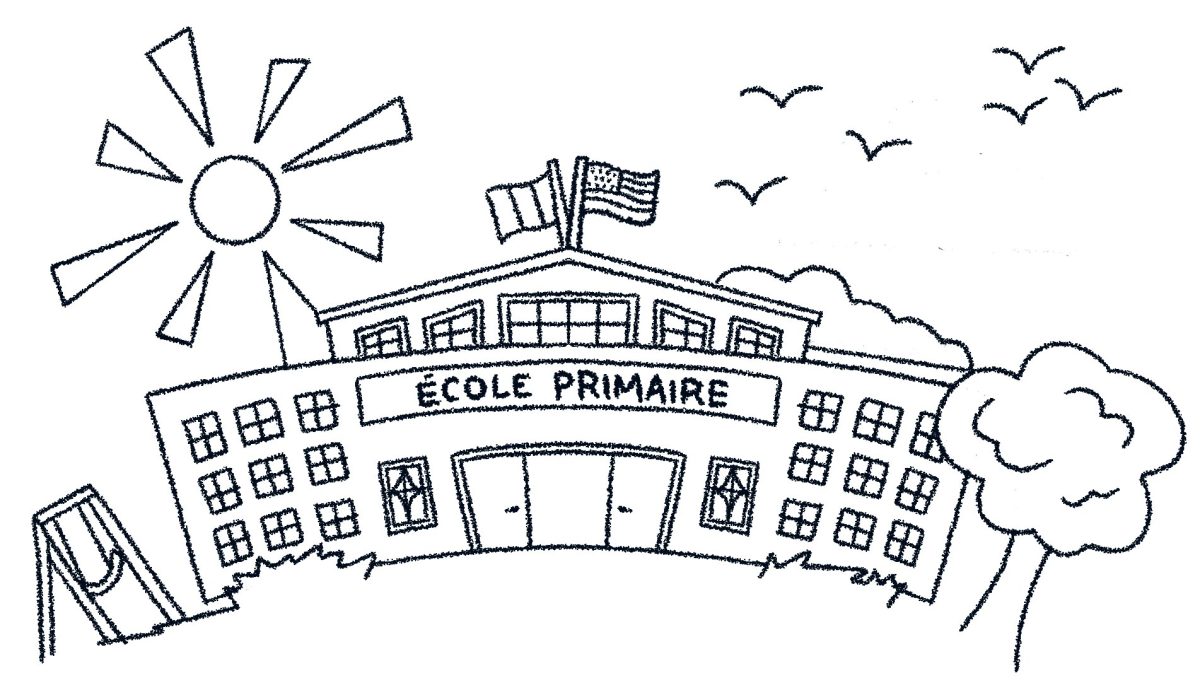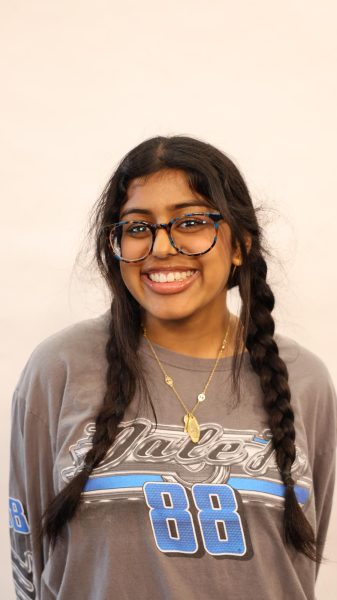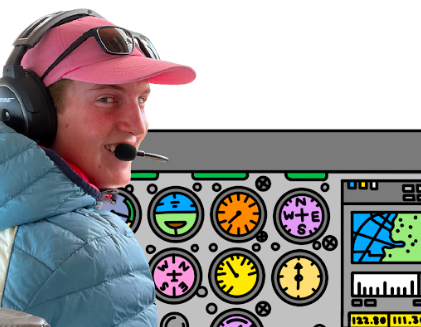
At 16 years of age, many sophomores work toward and obtain their driver’s license. However, sophomores Bodie Callaghan and Sachin Sandhu have higher aspirations.
For them, the sky’s the limit, literally.
Callaghan and Sandhu are both hoping to earn their private pilot’s license when they turn 17, allowing them to fly themselves and others in small aircraft.
For both boys, flying runs in the family. “My dad has been a pilot for, I think, 30-plus years now, and so flying has always been a big part of my life in that way,” Sandhu said. “Before I could walk, I was in airplanes.”
Eager to take to the skies, Sandhu started out by flying gliders and obtained his glider’s pilot license the day he turned 14 –– the minimum age required by the Federal Aviation Administration for that certification.
“The first time I took control of a glider, I really felt like I was just sitting in the sky,” Sandhu said. “Everything’s super quiet, there’s no engine, the cockpit is all glass, you can see everything.”
A glider is an aircraft without its own propulsion, meaning that with no propeller, no jet and no rotor blades, glider pilots must rely on other aircraft to tow them up to a certain altitude before letting them go. The gliders Sandhu flies have two to three seats, but to stay in the air longer, gliders typically have much longer wings than similar self-propelling aircraft. “There’s no force pulling you or pushing you [forward], [so] it feels like you’re just there surrounded by the sky,” Sandhu said.
On the day Sandhu planned to take his first solo in a glider, he took practice flights with his instructor, who later took him by surprise. “Each time you land you got to re-tie the rope, and so one time my instructor hopped out of the airplane, re-tied the rope and then just ran away and said, ‘You’re going back up.’”
At that moment, Sandhu’s father — who was working toward a glider license with his son — jumped out of his own cockpit to take a photo. Sandhu then took flight, though flying alone was scary. “When I got out, I was sweating,” he recalled.
On his own 14th birthday, Callaghan, whose dad and grandfather are both pilots, took his first flying lesson, and remembers a similar fear when his instructor gave him the reins for take off. “You’re going really fast and the engine’s kind of loud and […] there’s just realization where you’re like, ‘Oh my gosh, like, you’re flying a plane,’” Callaghan said. “It’s a little scary, but then it goes away and you’re just like, ‘This is so cool.’”
Callaghan flies weekly from Palo Alto Airport as he meets the flight hour requirements for a Private Pilot License, and he also recently got his student pilot certificate, which allows him to fly solo. On his first flight alone, though, Callaghan was nervous. “If anything happens, it’s up to me,” he said.
Flying an airplane requires keeping track of a lot at once, and Callaghan noted that thinking about where to land in case of an emergency is a big concern. “Right after takeoff, you’re pretty low, you’re not very fast, so if you lose an engine, you’re going on the ground in the next 30 seconds,” Callaghan explained. “You just got to think about [where you can land] so that if it did happen, you wouldn’t waste any time.”
These considerations came into the spotlight on a two-hour flight Callaghan took with his instructor to Catalina Island in Southern California. “We were over the water for 10 minutes, which is like a solid eight minutes that you’re not within gliding distance from land, so that was a little scary,” he said.
Also among Callaghan’s longest flights is one he took to Shelter Cove in Northern California’s Humboldt County, where houses and a black sand beach surround the runway. A certain number of these flights over 50 miles — designated as “cross-country” — are required to obtain a PPL, but even for just a solo flight, the Federal Aerial Administration requires a knowledge test, medical evaluation and hours of flight training.
Prospective private pilots must also take a knowledge test, so outside of around two hours of flying lessons each week, Callaghan studies for the test on his own.
Sandhu, having completed his glider certification, has also been working toward his PPL and plans to get his student pilot certificate in late March. “If you’re like a boy scout, you get a bunch of merit badges — [I want to do] the same thing for flying,” Sandhu said before listing all the higher achievements he was shooting for: a commercial pilot’s license and a seaplane rating, as well as the ability to tow banners and learn aerobatics. On the other hand, Callaghan said he isn’t sure what he wants to do after he gets his PPL, but both he and Sandhu have toyed with the idea of becoming airline pilots.
Regardless of future careers, both boys will remain enamored with flying. “It’s just pretty cool to see your hometown from above,” Callaghan said. “Even just doing a discovery flight is an incredible experience.”




